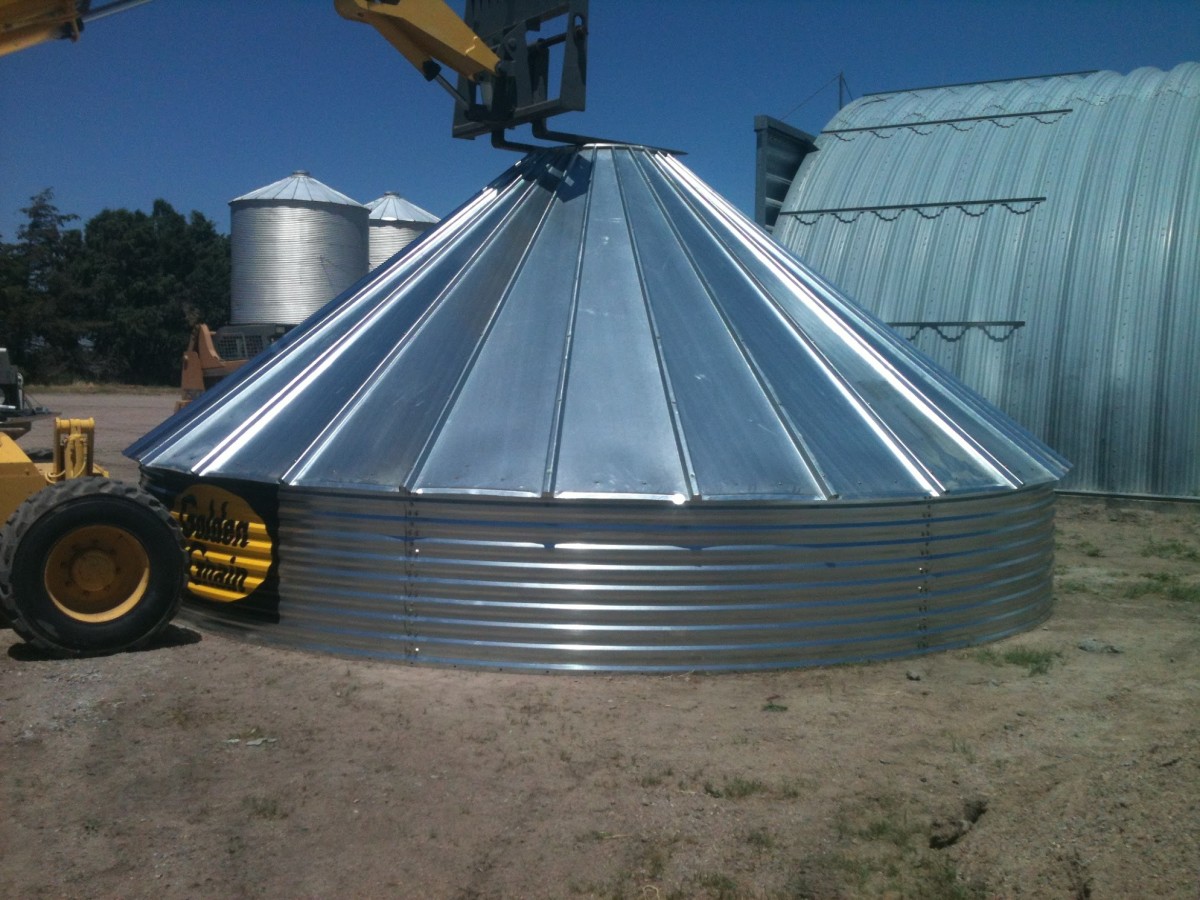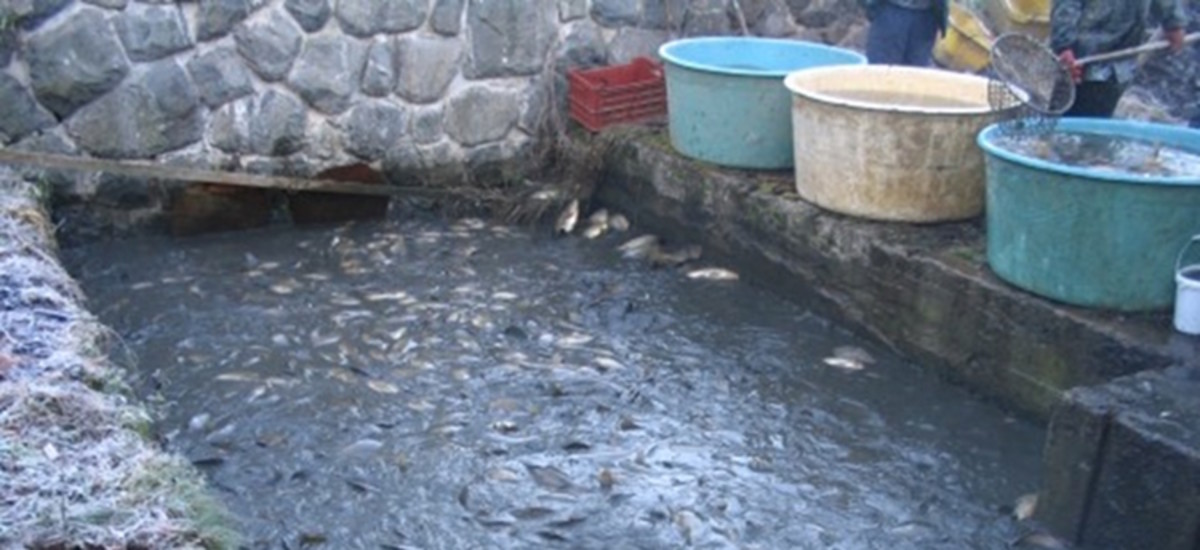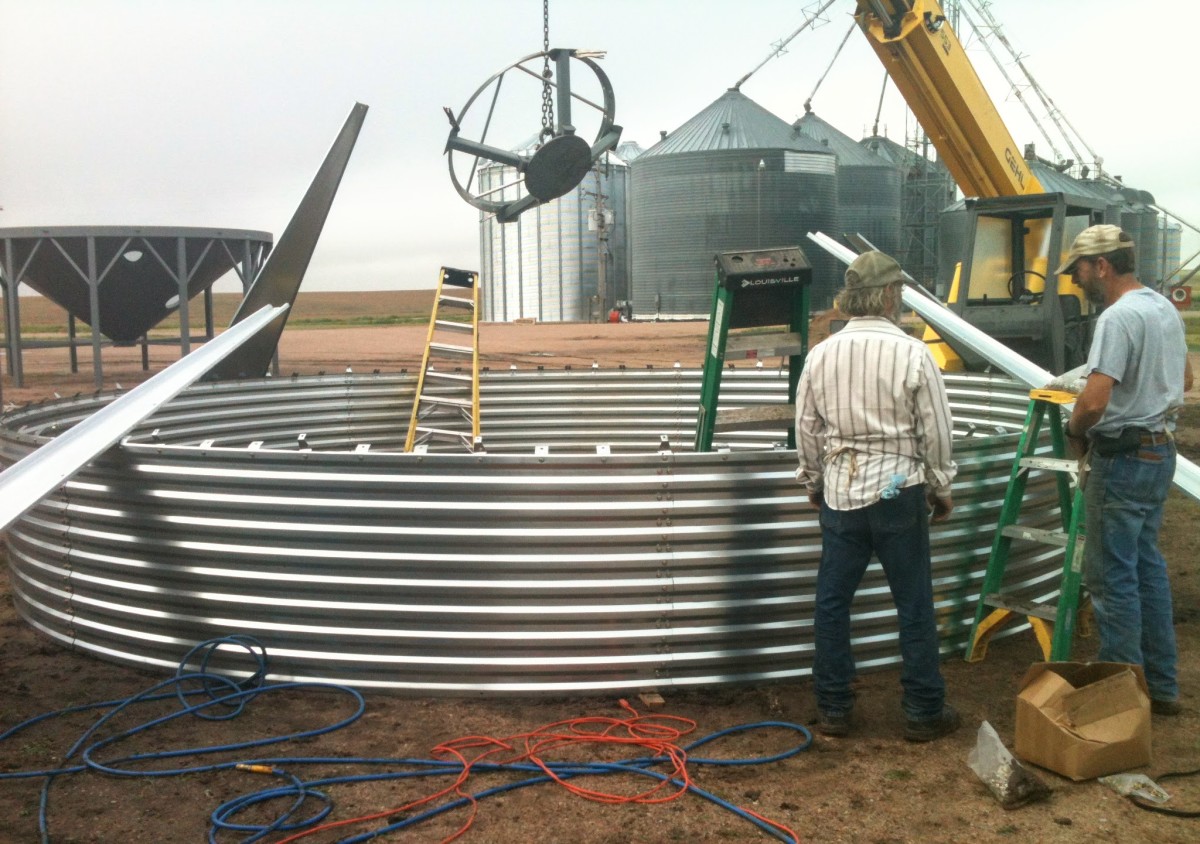Learn the variety, growing, harvesting and drying of onions
Red onion
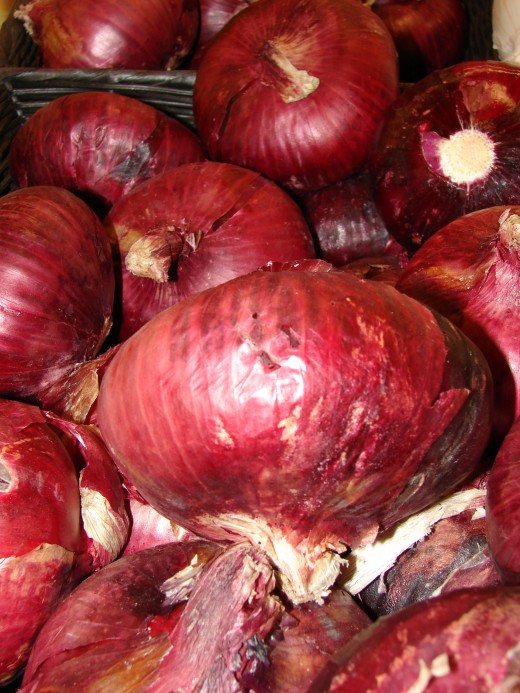
Don Williams - Lord, I hope this day is good
Introduction
We have different types of onions. The green onion, yellow onion, Shallot or red onion are the main types grown. The yellow onion is large and sweet but with a low storage life while the red onion is smaller but has the best storage life. It is the best of all the types and the most expensive. Prepare your onion bed by loosening the soil and adding fertilizer. Side dress every 2 weeks. Plant the slips not more than 1 inch deep otherwise bulbing will be affected and the slips should be planted about 4 inches apart. Proper nutrition, proper care and a little bit of hair cut every now and then will help your plants grow. If you give your onions a haircut, the bulbs get bigger and you certainly don't have a mess to clean up when it is windy. Always try to find a new location for ordering your sets it last season's crop was not so good. You might get better results. Source onion sets, maybe, from suppliers with a lot of growing information online. With a wealth of information online from your chosen supplier you cannot go wrong. Pick those onions that show signs that they are ready for harvesting, i.e their tops have fallen off. Dry these on window screens placed on wooden stands for them to dry out so you can cut off their tops and roots.
White onion
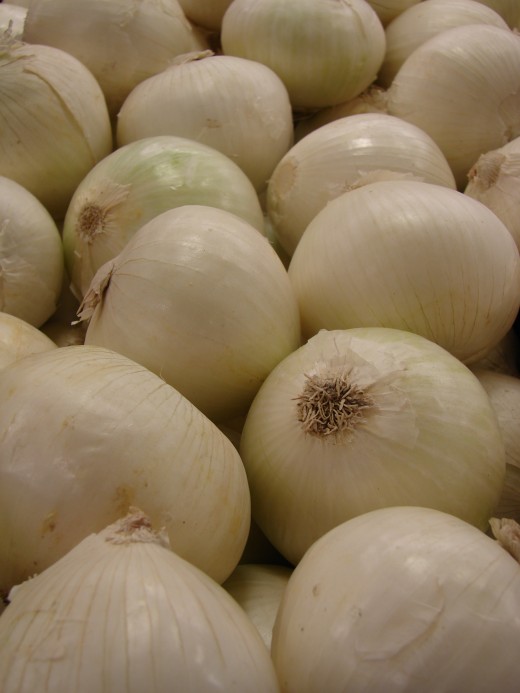
Different kinds of onions
Green onions: The leafy part of the onion is referred to as green onion. We also have some kind of green onions that do not have bulbs on the lower end. Yellow onions: This is the most popular and cheapest onion in the world. It is an excellent onion for cooking and you can also eat it raw. Sweet onion: It is not as good as the yellow onion and can easily be a substitute for the yellow onion if it is on sale since it is also sweet and can be consumed raw. White onion: A lot of people like this. Shallot onion which is red in color: Is the king of onions. It Is the most expensive of all onions and is used in funky restaurants. Nutritionionally there is not a lot of difference in any of the onions. You want to get the most from onions? The layers closest to outside is the most nutritious. The deeper you get into the onion the less nutrition benefit you are going to find. Red onions, supposedly has the best nutrition.
Yellow onion
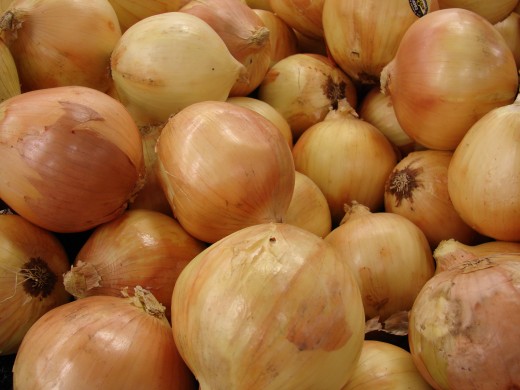
Kenny Rogers - The gambler (1978)
Bed preparation and planting onion slips
Adding compost manure to the bed is the next step after losing the soil in the onion bed. Apply fertilizer and side dress every two weeks. Sprinkle azomite and then add bone meal. Now mix the additions into the soil and we are ready to plant onion slips.
Plant the slips only three quarter to one inch deep and four inches apart. Use a gauge stick to measure these distances and depth. Measure over and make the row. Water will for the next few days until the roots begin to grow. Make sure all slips are standing straight and are in the ground. Cover the bed with a wire frame to keep off animals from your onion bed.
About three weeks after planting, begin side dressing every two weeks with ammonium sulfate. Carefully work the fertilizer in with a garden rake. Our goal is to grow large bulbs of onion. First we have to grow as many blades or leaves of an onion as we can before the onions starts building. Remember, an onion plant has a stalk and several blades or leaves protruding from it. We want these to be 13 or 14.
Trim leaves of onion
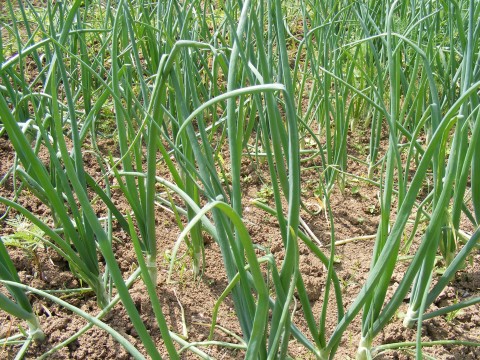
Baby can I hold you ... Tracy Chapman.
How to grow large onion bulbs
Strong winds can damage your onion plant. Tall onions get more affected by strong winds which blow them completely over. If you can cut the green onions off the bulb about four inches above the onion, the bulb will be bigger. You don't want your onions to get torn up by the wind. Using your garden scissors, trim the onion leaves. This should help with the wind coming in and that should not hurt the onions. Cutting the onion stalks short, the onions bulbs get larger. It is also said that if you take a group of adjacent stalks and rap them and tie them into a knot, that will help the bulbs get larger because the group of stalks is able to withstand strong winds. After trimming the onion leaves you first discover weeds that you could not see when the onions were bushy. Also you will find a lot of small onions that have tall skinny stalks that were reaching for the sun that was being blocked out by all the forage from adjacent onions. Make sure you clean up large debris so that all onions get the sunlight that they need for their growth.
Onions ready for harvest
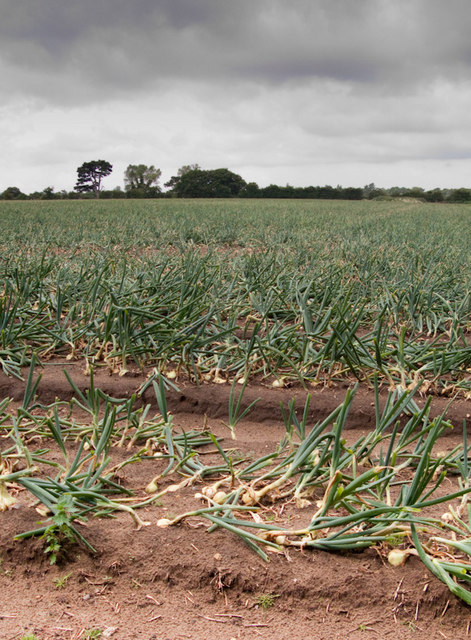
Harvesting and drying your onions
You can use a couple of old window screen on stands and then put onions on these old window screens for a few weeks so that they dry out really good. That will get them ready for storage. Once they are dried out, cut the roots off. Cut the tops off and they will just be like the ones we see in stores. You will get different bulb sizes in your harvest. Some will be bigger than a base ball or soft ball while a few will be smaller. Pick all the onions that shows signs that they are ready to be picked. To know when your onions are ready, the tops fall out. When this happens , the growing process stops. That is about time to get them out of the ground.


